The Redmond-based company has also thought about those who have a console without an optical drive (Blu-ray player), which in this case would be the Xbox Series S.
Game Rant has discovered the patent, which essentially sums up the process of authenticating a disc version of a game in a console with an optical drive, and then doing the same on a console without a disc drive via the Internet, or possibly LAN so that the data can be moved directly to the latter or downloaded from the Microsoft Store. In the patent, the “first device” is the newer console without a disc drive and the “second device” is the older machine with an optical drive.
“In aspects, upon receiving validation of user ownership of the electronic content, the first device may be provided access to the electronic content. For instance, a digital version of the electronic content may be downloaded or streamed to the first device from the second device or from the external device or service. In examples, the first device’s access to the electronic content may be effective while the first device and the second device are on the same local network, while the physical media comprising the electronic content is inserted into the second device, and/or while a digital version of the electronic content is available to the external device or service,” the patent states.
Brad Sams, a Microsoft insider, wrote about this disc-to-digital approach back in 2018, so “the greens” have been working on this for several years, but something is not clear. You might have to leave the disc in the older console, but in the meantime, the patent also mentions that the content can be accessed smoothly from the Microsoft Store, so a simple “validate and download” process can be done.
Finally, Microsoft even described in the patent how their system can be helpful: “Accordingly, the present disclosure provides a plurality of technical benefits including but not limited to: facilitating access to physical media on next-generation devices, facilitating access to physical media on devices lacking physical media reading components, software content ownership validation using local network devices, streaming and/or downloading content from local network devices to prevent/mitigate internet fees and bandwidth issues, sharing software content ownership validation among multiple user devices, and providing options/setting for enabling software content ownership validation on one or more user devices, among other examples.”
It sounds good on paper, but if we also need an internet connection for offline games (online DRM), we might not be interested…
Source: WCCFTech
https://cdn.wccftech.com/wp-content/uploads/2022/05/WCCFxboxtransferpatent-740×416.jpg

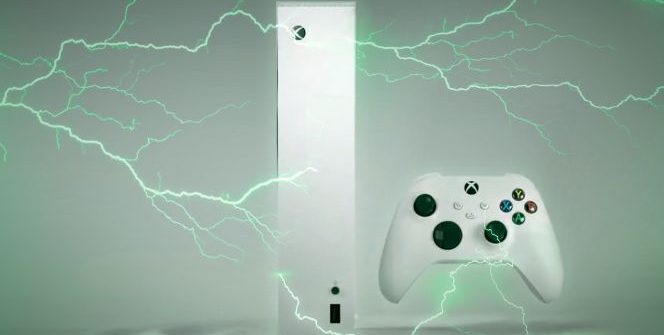


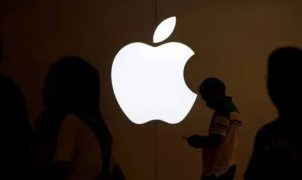
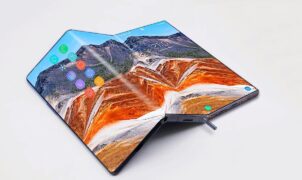



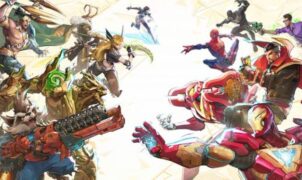


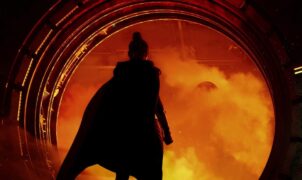
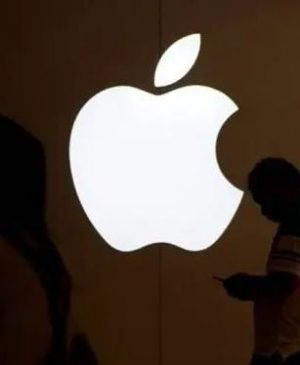



Leave a Reply